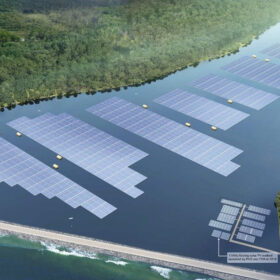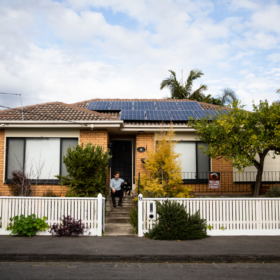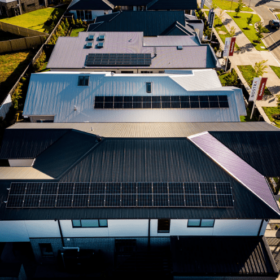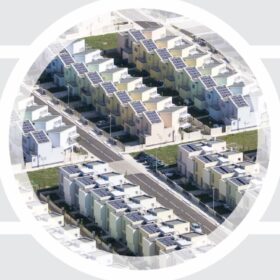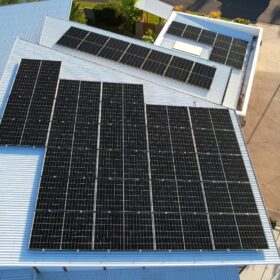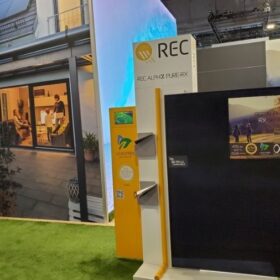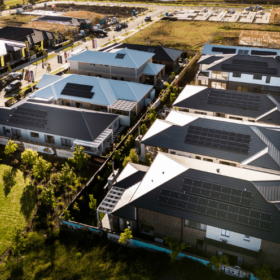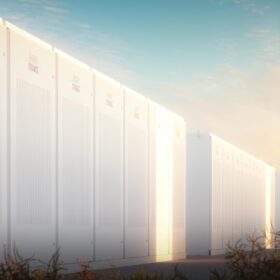Weekend read: the ‘next big thing’
The PV industry in Southeast Asia has come a long way since guest author Ragna Schmidt-Haupt, partner at Everoze, reported on solar financing innovation in the region more than a decade ago. In this article, she outlines five factors for success, the newest of which has the potential to become a game changer, and not only in Southeast Asia.
LAVO pivots to new model, offering households renewable ecosystems via subscriptions at no upfront cost
LAVO, which entered the market with its hydrogen battery in 2021, has soft launched a new Energy-as-a-Service model. Partnering with Yingli Solar, LAVO says it can install and maintain solar, battery and EV charging systems at no upfront cost to Australian households, who will then pay off the systems via a 10-year subscription.
AIKO showcases ABC modules ahead of Australian launch
Chinese solar panel manufacturer AIKO unveiled its solar cell technology at Melbourne’s All-Energy event last week ahead of an impending entry into the Australian market.
Commbank launches interest-free loans for solar and battery systems
One of Australia’s “big four” banks, the Commonwealth Bank, will begin offering interest-free finance up to $30,000 to install rooftop solar and home batteries with select merchants. The program will also allow customers to split repayments into instalments over one to five years.
Rooftop solar share rises to new high in NEM
Renewables records continue to tumble in Australia with data from GPE NEMLog revealing that rooftop solar reached a new maximum instantaneous high in the nation’s main grid on Sunday while pushing operation demand and solar curtailment to new lows.
Strategies to develop ‘solar neighborhoods’
Researchers from the Australian PV Institute are part of an international group of scientists that have devised a list of recommendations to support the creation of solar neighborhoods. In a recently published study they highlight the importance of legislative frameworks and advanced computing.
CEC announces solar design and installation award winners
A 17.6 kW battery hybrid solar system installed on a three-level home overlooking the central Queensland coastline has earned installer Solpac Energy Solutions top honours in this year’s Clean Energy Council Solar Design and Installation Awards.
Analyst predicts 2023 will finish a record year for small-scale solar
Solar and storage analyst Sunwiz is forecasting 2023 set a new record for small-scale solar in Australia. Despite installations this year lagging Australia’s biggest year to date, 2021, Sunwiz Managing Director, Warwick Johnston, tells pv magazine Australia that multiple signs point to a strong Q4.
REC rolls out new 470 W rooftop solar panel in Australia
Singapore-based PV module manufacturer REC Group has launched in Australia a new series of rooftop solar panels with power ratings ranging from 450 W to 470 W and efficiencies up to 22.6%.
Regulator calls for more large-scale renewables as rooftop solar shines
Rooftop solar generation continues to achieve record levels across the National Electricity Market but the Australian Energy Regulator has warned of a “pressing need for new investment” in large-scale renewable energy assets to keep pace with the energy transition.
